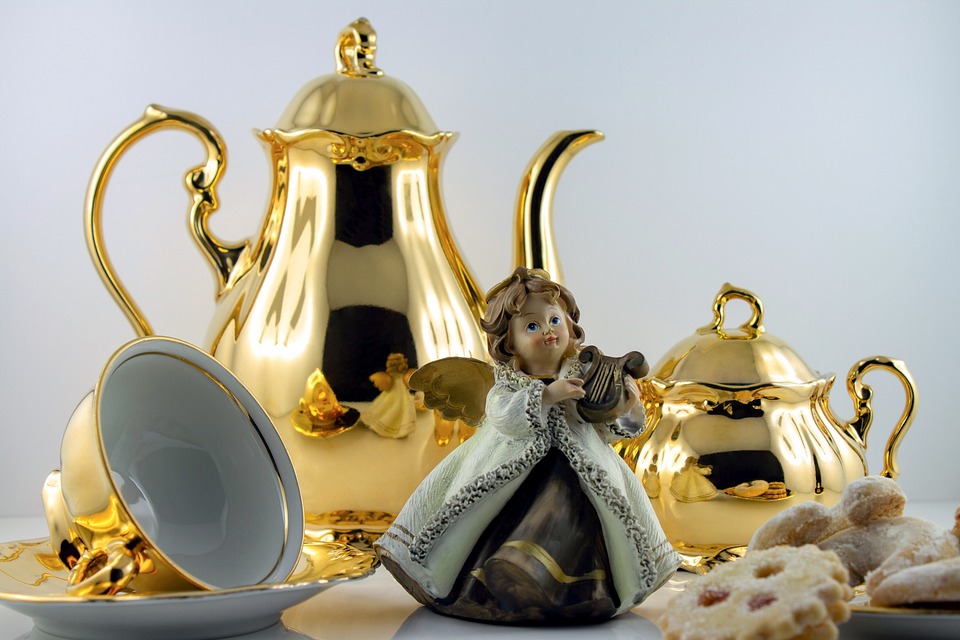Setting up a saltwater fish tank can be an exciting endeavor, but it requires careful planning and attention to detail to ensure the health and longevity of your saltwater fish and invertebrates. In this article, we will guide you through the process of establishing a successful saltwater fish tank and provide valuable tips and insights.
When starting a saltwater fish tank, one of the first decisions you need to make is choosing the right tank size and location. A larger tank is generally easier to maintain and provides a more stable environment for your fish and invertebrates. A tank with a capacity of at least 30 gallons is recommended, depending on the species you wish to keep.
In terms of location, it’s important to keep the tank away from direct sunlight. Excessive light can cause temperature fluctuations and encourage algae growth. Additionally, make sure that the tank is placed on a sturdy stand or surface that can support its weight when filled with water.
Next, you’ll need to gather the essential equipment for your saltwater tank. This includes a proper filtration system that combines mechanical, biological, and chemical filtration to maintain water quality. A protein skimmer is also recommended to remove organic waste and excess nutrients from the water.
To ensure stable water temperatures, a heater and thermometer are necessary. Different species of saltwater fish and invertebrates have varying lighting requirements, so it’s important to research their needs and provide appropriate lighting. Regularly testing your water parameters, such as pH, ammonia, nitrite, and nitrate levels, using reliable test kits will help you monitor and maintain optimal water conditions.
Cycling your saltwater tank is a crucial step in establishing a healthy environment for your fish and invertebrates. This process involves establishing beneficial bacteria in your tank that convert harmful ammonia into less toxic substances. To cycle your tank, add a source of ammonia, such as fish food or pure ammonia, and monitor ammonia, nitrite, and nitrate levels using test kits. As the ammonia level rises, beneficial bacteria will develop and convert ammonia into nitrite and then nitrate. Once ammonia and nitrite levels reach zero, and nitrates are present, your tank has completed the cycling process and is ready for fish and invertebrates.
When selecting saltwater fish and invertebrates, consider their compatibility, size, and specific care requirements. Research the species you are interested in and ensure they can coexist peacefully in your tank. It’s important to introduce your fish and invertebrates gradually, allowing them to acclimate to their new environment. Float the sealed bags containing the fish or invertebrates in your tank for about 15-20 minutes to equalize the water temperature, then open the bags and let them swim out on their own.
In terms of maintenance, regular cleaning and partial water changes are crucial for a healthy tank. Perform partial water changes of about 10-20% every two to four weeks, and clean the glass and equipment as needed. Algae growth can be controlled by maintaining proper lighting duration, avoiding overfeeding, and ensuring adequate water circulation. Regularly cleaning the glass and removing excess algae manually will also help prevent algae growth.
When it comes to feeding your saltwater fish and invertebrates, provide a balanced diet consisting of high-quality commercial foods, supplemented with occasional feedings of live or frozen foods. Research the specific dietary needs of your species for optimal nutrition.
Lastly, it is possible to keep corals in your saltwater tank. However, coral care requires specialized lighting and water parameters. Before adding corals, ensure that you research the specific requirements of the coral species you wish to keep.
Remember, establishing a successful saltwater fish tank takes time and patience. Regular monitoring, maintenance, and research will help you create a thriving aquatic ecosystem for your fish and invertebrates to enjoy. Happy fishkeeping!









